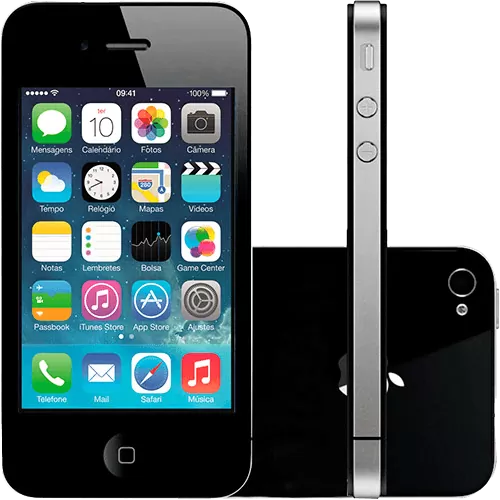

Others allow you to simply pre-configure a device in various ways. Not all of these settings are for locking down a device. They’ll be silently ignored on a non-supervised device.įor example, the option to hide preinstalled apps under Restrictions > Apps only works on supervised devices. You can define these settings in a configuration profile and then install it on a device anyway–but these particular settings will only function on a supervised device. Some of these settings are marked “supervised only,” which means they’ll only take effect on a device in Supervised Mode. You’ll see a wide variety of settings you can configure, depending on the category you choose. RELATED: How to Put an iPhone or iPad into "Supervised Mode" to Unlock Powerful Management Features To define a setting, click a group of settings, then click the “Configure” button to see the settings included in that group. They’re all set to “Not configured” by default, which means they’re not part of the current configuration profile. The rest of the screens listed in the sidebar are entirely optional. These settings are intended for larger organizations to lock down their devices, but they can be used by anyone. You can configure the profile so that it can never be removed or require a password to be removed, or have it automatically expire on a certain date or after a limited time period. By default, the profile can be removed by anyone. The “Security” and “Automatically Remove Profile” options allow you to define when the profile can be removed.

The “consent message” appears when someone installs the profile on their device. People with the profile installed on their device can view this information. The organization and description name allow you to provide further information about the profile.


 0 kommentar(er)
0 kommentar(er)
